The Implication of Censorship on Freedom of Expression in the Arts
Introduction
Censorship is a powerful tool that controls or suppresses what can be accessed, published, or viewed in the society, particularly when the material is considered harmful, offensive, or inappropriate. This article critically analyzes how censorship affects the freedom of expression in the arts, highlighting various incidents, implications on creativity and society, as well as perspectives towards censorship in the arts.
Artistic Censorship: A Historical to Present Day Scrutiny
Art as a form of communication has often been subjected to censorship due to its charged content. In the past, censorship laws often targeted art forms considered obscene or blasphemous. An instance can be seen in the 19th century where Gustave Courbet's painting, 'The Origin of the World,’ was censored for its explicit depiction of female nudity.
In modern times, censorship persists with numerous artists being restricted or suppressed due to controversial themes in their artwork. Notably, the British graffiti artist, Banksy's political and social commentaries have often been defaced or removed completely.
The Implication of Censorship on Creativity, Society and Free Speech
Art censorship incurs critical implications in several aspects, primarily on creativity, society, and the fundamental human right of free speech. Censorship restricts creativity, hampers artistic innovation and impedes the growth of artistic contexts. In society, it negates the audience's right to access diverse artistic content, thereby limiting societal views and perspectives. With regards to free speech, censorship is an outright violation as it suppresses the artists' voice and expression.
Various Perspectives on Censorship in the Arts
Different groups within society hold varying views on artistic censorship. Advocates for artistic freedom deem all forms of censorship as oppressive and stifling, while others believe that certain limitations should be imposed in the interest of public decency or national security. For example, the conundrum on Nazi-themed artwork sparks conflicting views, where some argue for their removal due to their potentially offensive nature, while others advocate for their preservation on account of artistic expression and historical documentation.
Potential Solutions or Compromises
Reaching a common ground on this issue requires a balance to uphold artistic freedom while accounting for societal sensitivity. An effective solution could be implementing a system that rates art, much like the film rating system, informing consumers about potentially offensive content, but not removing or altering the work. Furthermore, establishing open dialogues and cordial discussions can help negotiate boundaries of art and promote mutual understanding.
Conclusion
Without a doubt, censorship in the arts is a complex issue with deep-rooted implications on creativity, society, and free speech. It calls for deliberate effort and conversation in discerning what shapes our society's artistic landscape amidst varying perspectives on limiting or allowing artistic freedom.
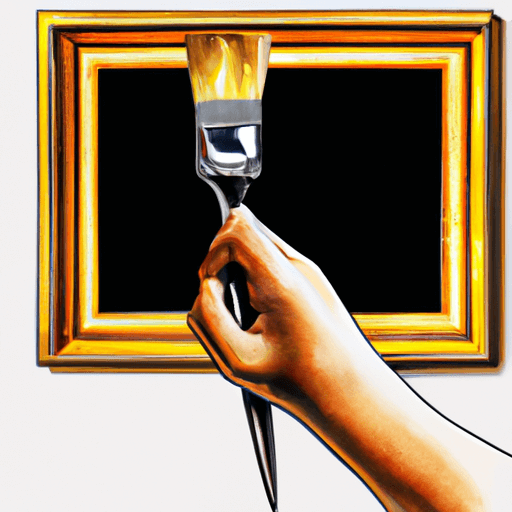
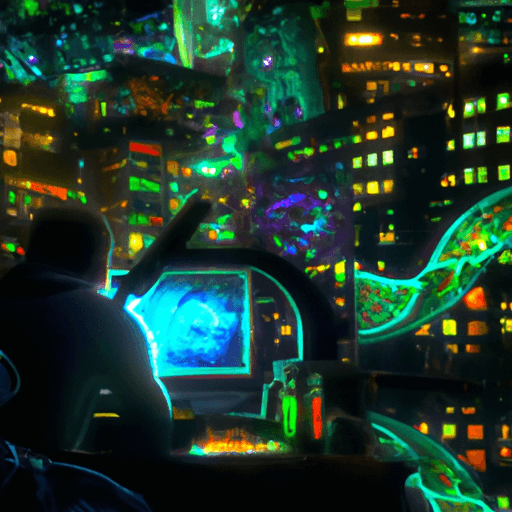
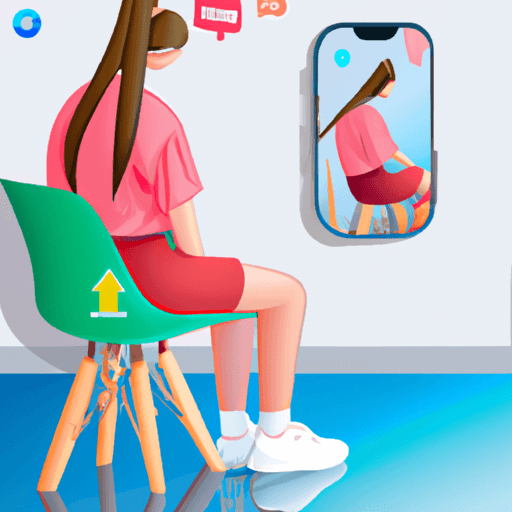

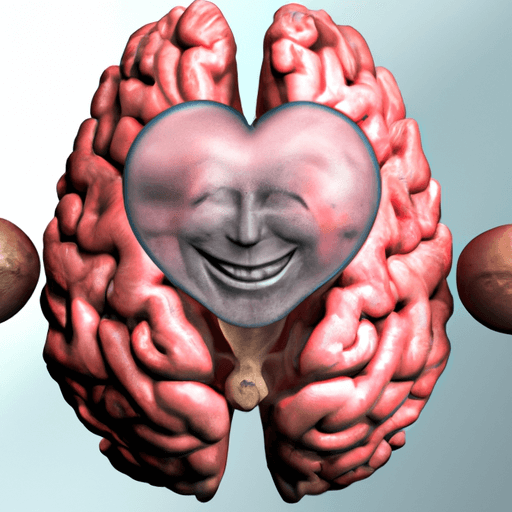


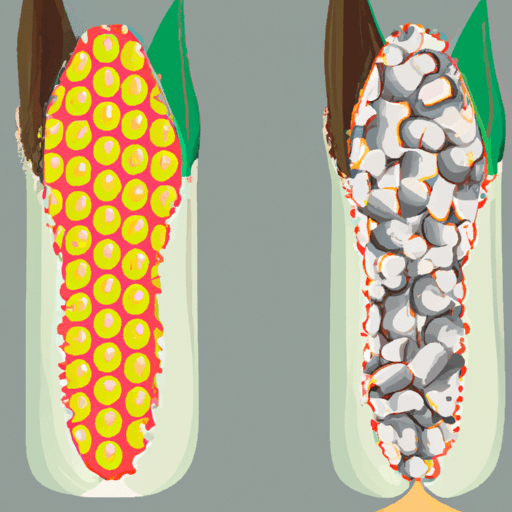


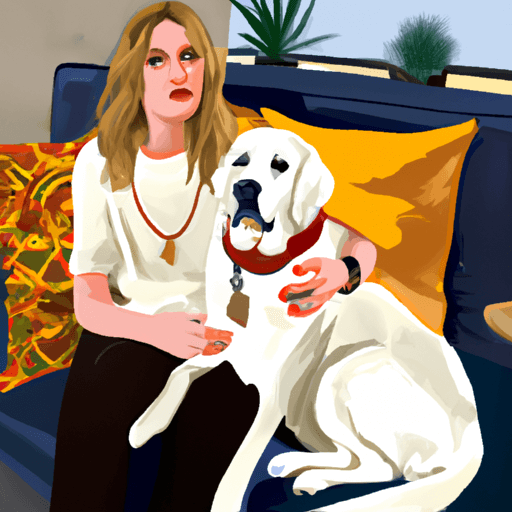


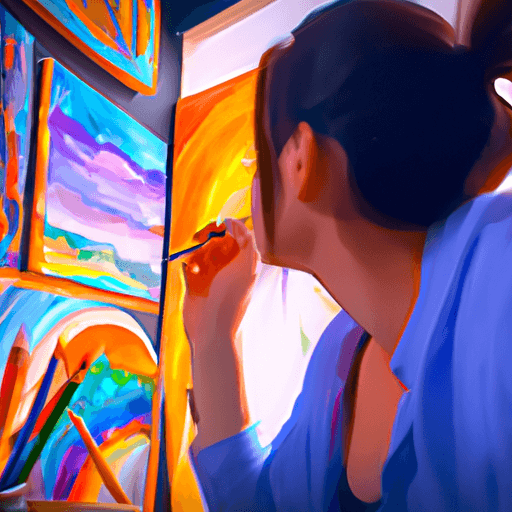
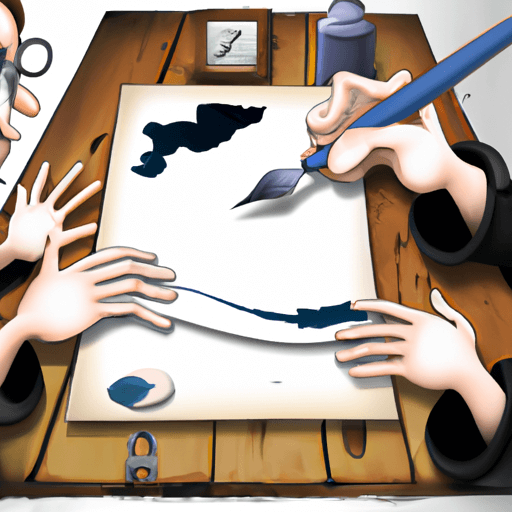
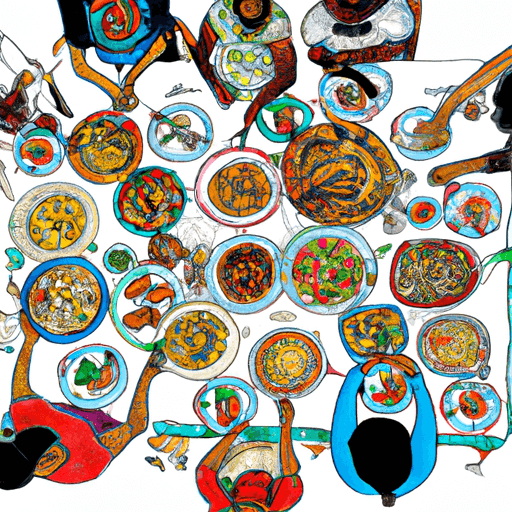



Comments
Leave a Comment